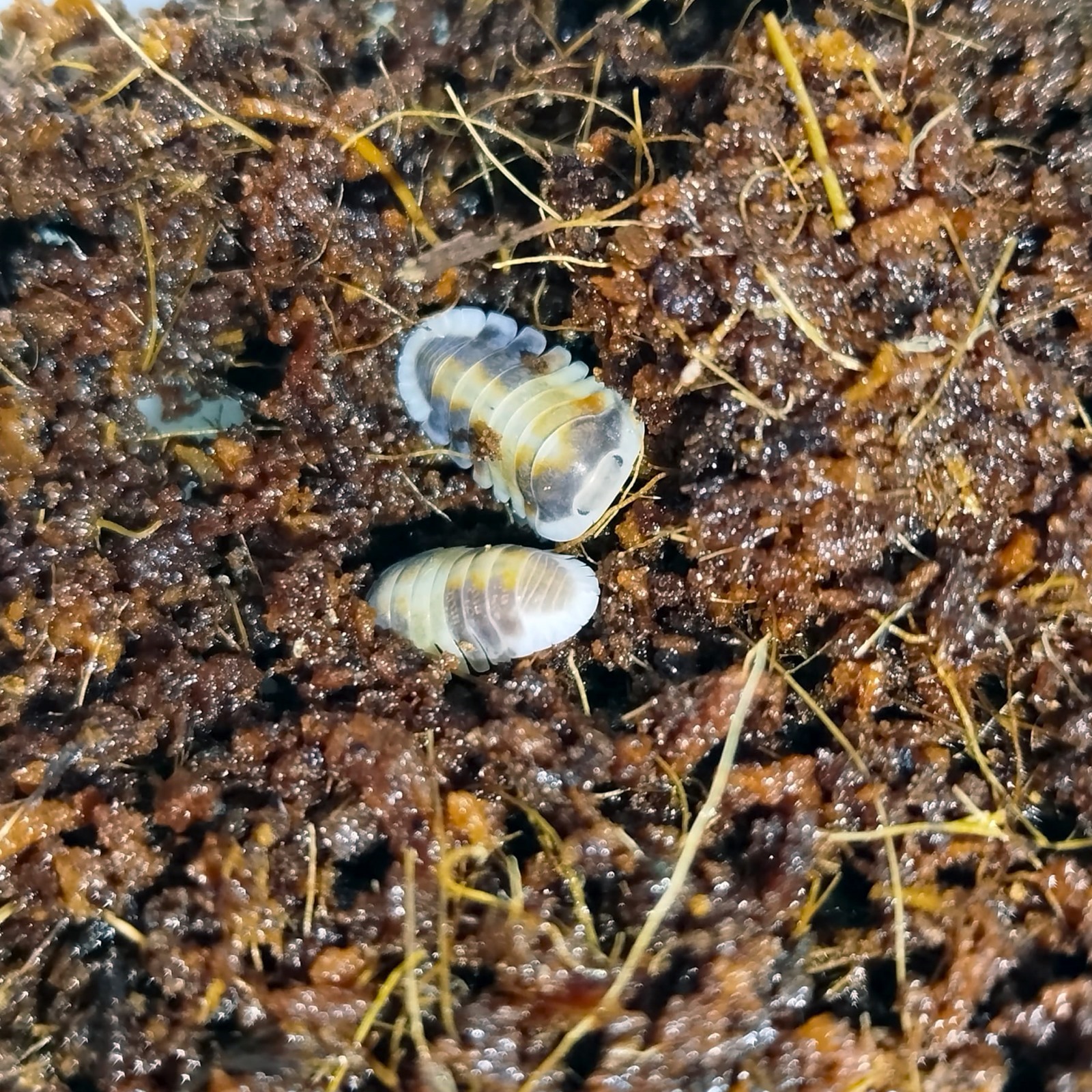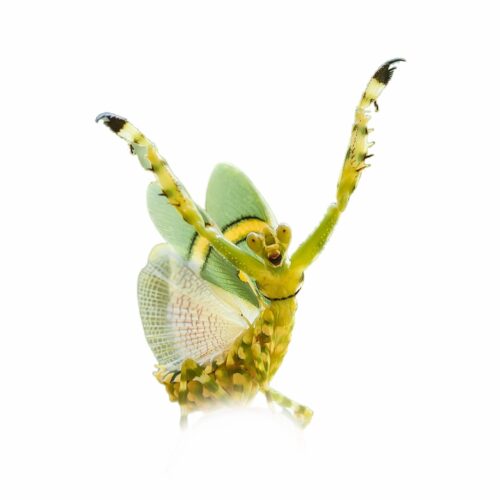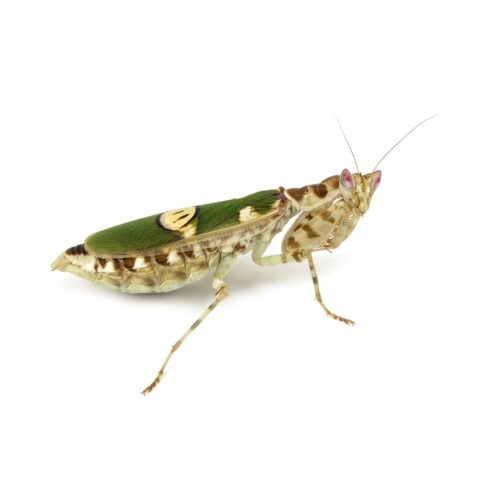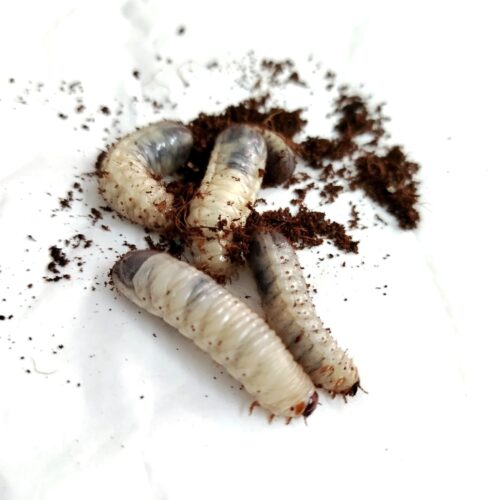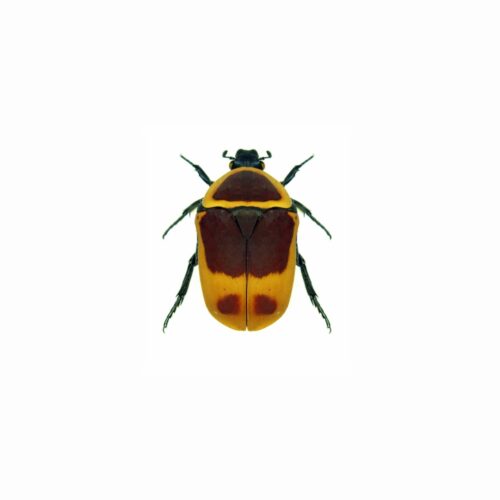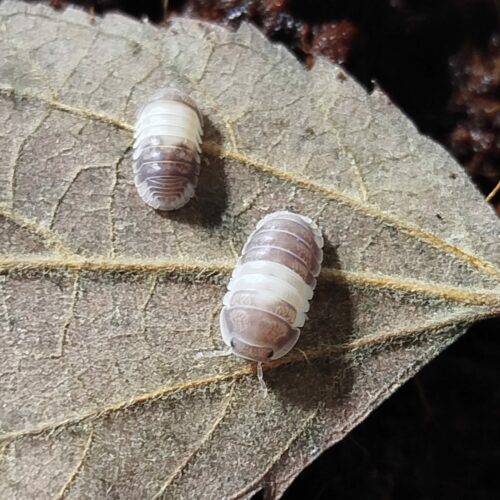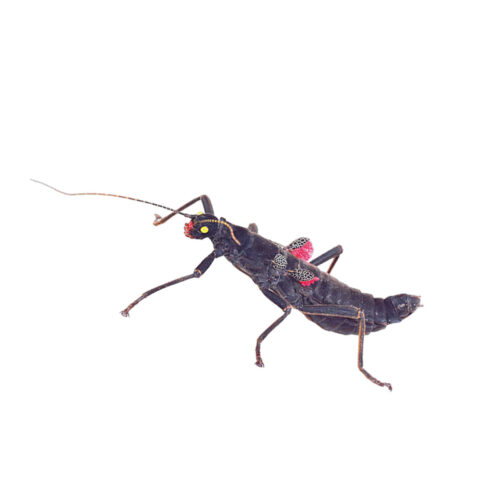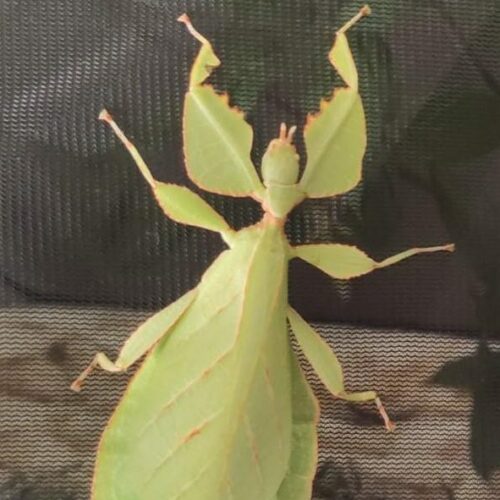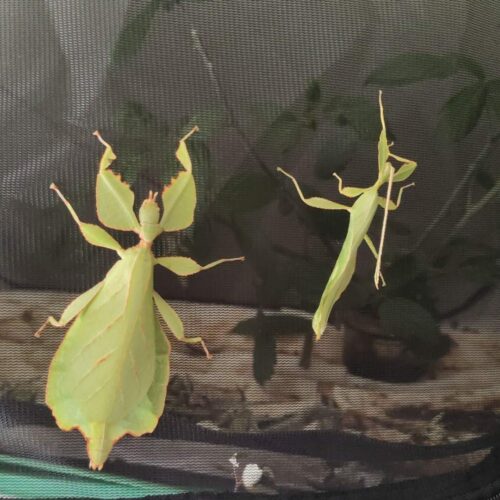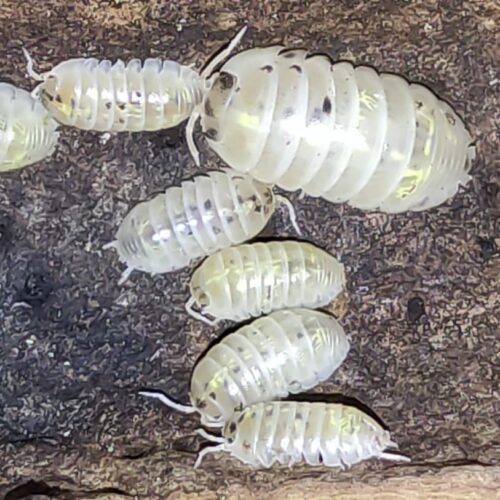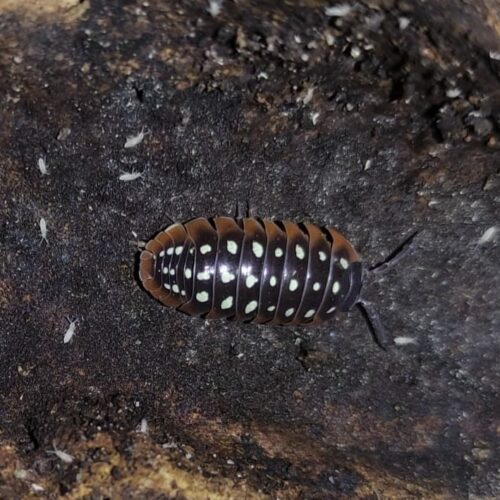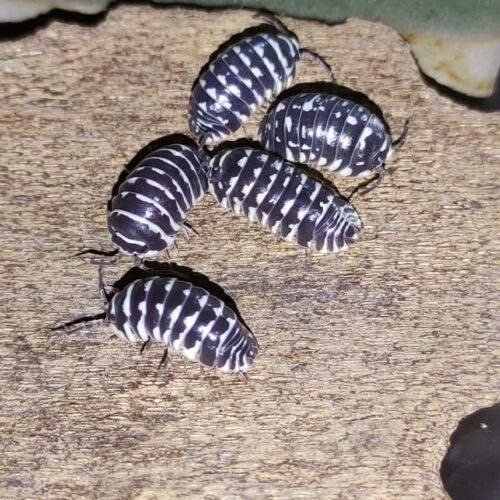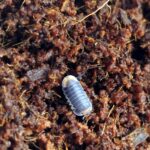
Cubaris sp. "Pak Chong"
12,00€ – 100,00€Price range: 12,00€ through 100,00€
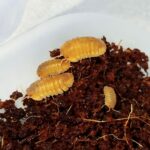
Cubaris sp. "Red Edge Orange"
4,00€ – 35,00€Price range: 4,00€ through 35,00€
Cubaris sp. “Cappuccino”
15,00€ – 60,00€Price range: 15,00€ through 60,00€
The Cubaris Cappuccino is an isopod with a unique color that resembles a coffee 😉. Perfect for bioactive terrariums, it helps keep the substrate clean while adding a special touch. Easy to care for, ideal for those who enjoy nature at home. 🌿
SKU:
N/A
Categories: Arthropods, Cubaris, Isopods
Description
Technical Data Sheet: Cubaris Cappuccino
General Information
- Common Name: Cubaris Cappuccino
- Scientific Name: Cubaris sp.
- Family: Armadillidae
- Origin: Tropical regions of Southeast Asia
Description
The Cubaris Cappuccino is an exotic terrestrial isopod known for its elegant coloration in light and dark brown shades, resembling a cappuccino coffee. Its rounded shell and ability to roll into a ball make it a fascinating species, highly valued by terrarium and bioactive enclosure enthusiasts.
Size
- Adults: 1.5 to 2 cm
Behavior
- A calm species with nocturnal habits.
- Prefers humid and quiet environments.
- Tends to cluster in shelters during the day.
Optimal Conditions
- Temperature: 22-26°C (72-79°F)
- Humidity: 75-85%. Keeping the substrate moist but not soaked is crucial.
- Lighting: Indirect light, avoiding direct sunlight exposure.
- Substrate: A mix of coconut fiber, sphagnum moss, and dry leaves is ideal for recreating its natural habitat.
Diet
- Omnivorous. Feeds on decomposing organic matter (dry leaves, rotting wood) and supplements such as vegetables, fruits, and calcium-rich foods.
Reproduction
- Ovoviviparous: juveniles are born fully developed and remain in the female’s marsupium during their early stages.
- Active reproductive cycle under optimal temperature and humidity conditions.
Compatibility
- Ideal for bioactive terrariums with reptiles, amphibians, or as part of a self-sustaining ecosystem.
- Non-toxic and harmless to other species in the enclosure.
Advantages of Keeping Cubaris Cappuccino
- Helps recycle organic matter in bioactive terrariums.
- Low maintenance.
- Its exotic appearance adds a decorative touch to bioactive setups.
Important Notes
- Avoid overfeeding to prevent mold growth in the substrate.
- Provide hiding spots such as tree bark, stones, or small cavities in the terrarium.
Additional information
| Options |
1 unit ,5 units |
|---|
Related products
Creobroter gemmatus
10,00€ – 25,00€Price range: 10,00€ through 25,00€
Sold out
Descobreix el fascinant món de la Jewel Mantis: una criatura exòtica i enigmàtica que et convida a explorar el seu comportament únic. Submergeix-te en l'estudi del seu camuflatge, la seva agilitat en la caça i la seva bellesa captivadora. Una experiència que desperta la curiositat i et connecta amb la natura d'una manera inspiradora!
Select options
This product has multiple variants. The options may be chosen on the product page
Dola larvae (pachnoda)
5,00€
there is stock
Dola larvae (Pachnoda): the nutritious and easy-care solution for your pets! With their diet rich in fruits and vegetables, they are an excellent source of protein and contain virtually no fat ideal for ants, arthropods, reptiles and amphibians. Choose the best for your pets!!
Select options
This product has multiple variants. The options may be chosen on the product page
Cubaris panda king
1,20€ – 5,00€Price range: 1,20€ through 5,00€
there is stock
Discover the fascinating life in miniature with the Cubaris Panda King: small guardians of ecological balance for your terrarium. Bring your habitat to life with these adorable and beneficial companions!
Select options
This product has multiple variants. The options may be chosen on the product page
Peruphasma schultei
15,00€ – 22,50€Price range: 15,00€ through 22,50€
Sold out
Select options
This product has multiple variants. The options may be chosen on the product page
Armadillidium vulgare magic potion
3,00€ – 12,50€Price range: 3,00€ through 12,50€
there is stock
Select options
This product has multiple variants. The options may be chosen on the product page
Armadillidium klugii
3,00€ – 12,50€Price range: 3,00€ through 12,50€
there is stock
Select options
This product has multiple variants. The options may be chosen on the product page
Armadillidium maculatum
2,50€ – 10,00€Price range: 2,50€ through 10,00€
there is stock
Select options
This product has multiple variants. The options may be chosen on the product page

